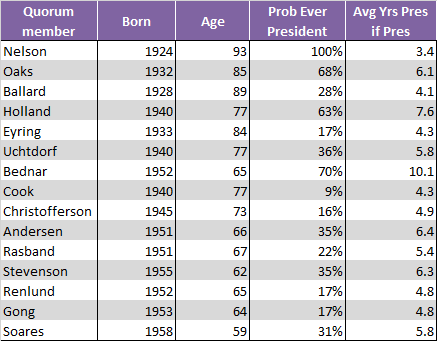I first read Mother’s Milk, by Rachel Hunt Steenblik, last July, about a month after I learned I was pregnant for the first time. I tried to see myself as the mother portrayed in these poems, but mostly failed: I had constant nausea and threw up 5-10 time a day for two months straight in my first trimester, and so I felt no magical love connection to the fetus, whom we nicknamed Barfolomew. I mostly just felt tired, and irritated at the way this hostile force had overtaken my body. The poems were lovely, tasty snack-sized deep thoughts, but, like Lynnette has written about on this blog, I wasn’t really a Heavenly Mother person, and the mothering portrayed in many of the poems–nursing, weaning, comforting in the night–didn’t resonate with me. I tried to hold space to change my mind, though: many of my friends talked about childbirth as a quasi-magical experience, a primal connection to their mothering self, and, despite the pain, glowed about the love they felt for their child right away, or for a rush of instant recognition when their child was placed on their chest.
Showing all posts in April 2018
What Happens When Leaders are Duped by Predators, and Other Hard Questions about Spiritual Guidance
The Mormon circles in which I am active have been rocked in recent weeks by the stories about Joseph L. Bishop, the former MTC president who has been accused by two women of sexual abuse during his time in that position. Much of the discussion of this situation that I’ve seen has focused on the problems of systems which protect predators, and a culture which disbelieves victims. I think these are vital problems to bring up, and I’m glad to see them being discussed. But I’d like to raise another issue which I see as central to this whole mess. To put it baldly: how is it that church leaders who are said to have special gifts of spiritual discernment get duped by predators? In other words, why didn’t the many church leaders who must have been involved over the years in selecting Bishop for different positions ever have any sense that something was amiss? And this is far from an isolated instance. You only have to raise the issue of what happens when people report abuse to church leaders on a blog or a Facebook group to get story after story of victims who weren’t believed by their bishops and stake presidents. I’ve seen this firsthand, watching an abusive relative con multiple local leaders into accepting his extremely farfetched version of events. Yet I was taught again and again during my decades in the church that leaders had special access to revelation regarding those under their stewardship, that they were being guided by the Spirit in their judgments. How is one to make sense of all of this?
That’s *President* Soares to You: Probabilities of New Q12 Members Becoming Church President
I’m so happy that I was so wrong last week when I predicted that President Nelson would call two white men from Utah to fill the openings in the Quorum of the Twelve. I’m thrilled that Elders Gong and Soares can bring some new perspectives to the Q15. And of course, one of the first things I looked up when I learned that they had been called was how old they are, because I was curious about what the chances were that either of them would make it to be Church President.
In this post, I’ve updated the simulation that I’ve run before to estimate the probabilities of each Q15 member becoming Church President. I last did this just a few months ago when President Monson passed away. The gist of it is that I use a mortality table from the Society of Actuaries, assume that the yearly mortality probabilities apply to all members of the Q15 equally, and then run a bunch of simulations (100,000 in this case) and in each, pick a bunch of random numbers and compare them to the mortality probabilities for each member and use the comparison to work out how much longer each man would live, and the resulting way that the Presidency would be handed from one member to the next–which members would get to serve as President and which ones wouldn’t. The process is described in a little more detail in this post from 2015. Anyway, the numbers for the most senior 13 members have changed little since my post in January. What’s interesting here is the probabilities for the new Q15 members.
The table below shows the probability of each Q15 member becoming Church President, and how many years he would serve if he did. Note that if you compare carefully, you might notice some small discrepancies between this table and the one in my January post. When I was running the simulations for this post, I realized that when I ran simulations for my January post, I had calculated current age by rounding to the nearest birthday (e.g., a man who is 65 and 7 months is counted as being 66) rather than the more conventional approach of calculating it by just looking at last birthday passed. If you noticed this error in the previous post and didn’t feel the need to correct me, thank you!
